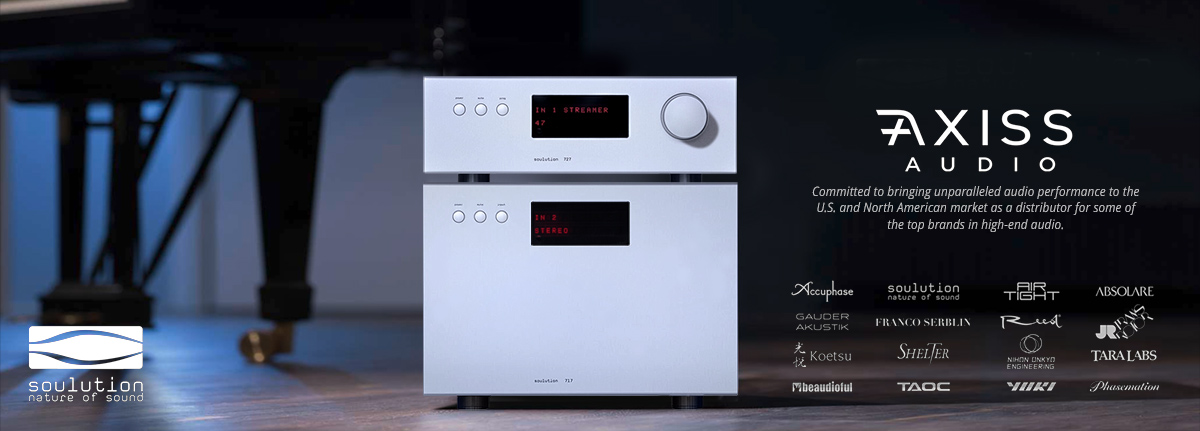berning?
that has to be a sigfried?? FABULOUS!!!
i always wanted one, but David Berning told me to get the ZH230 instead for my speakers..
egidius
I might actally might be able to shed some more (High rez ) light on it in the coming weeks , i am in the process of completeing a deal on a very interresting tube power amp which i believe has also a passive vol control , ill keep the cat and drive it with the cat also .
Its 2 times 8 watt , i think i might go see a docter
that has to be a sigfried?? FABULOUS!!!
i always wanted one, but David Berning told me to get the ZH230 instead for my speakers..
egidius
















